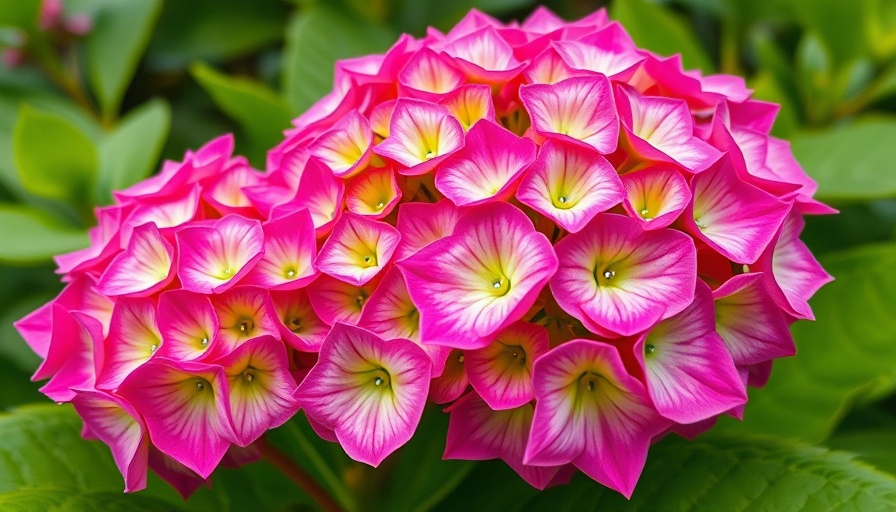
Unlocking the Secrets to Hydrangea Blooming
For many gardeners, hydrangeas symbolize the essence of summer. Their globe-shaped flowers in various hues can elegantly transform any yard into a vibrant display. But what happens when those lush blooms don’t appear? Fortunately, this is a common conundrum, and addressing it can pave the way for thriving, flourishing hydrangeas.
Common Reasons Behind Hydrangea Blooming Failures
Understanding why your hydrangeas might not bloom can save you time and frustration. Here are some of the most prevalent factors contributing to their leafy but flowerless state:
- Nitrogen-Rich Soil: Often, the culprit is too much nitrogen in the soil. Excess nitrogen, whether due to fertilization or natural soil composition, causes hydrangeas to push their energy into producing leaves instead of flowers. To remedy this, integrate mulch made from sawdust or wood chips.
- Over-Fertilization: Fertilizing hydrangeas too frequently can also redirect their resources. Fertilizer habits should be limited to spring and mid-summer to prevent leaf overgrowth.
- Age of the Plant: Newly planted hydrangeas are often still establishing their root system. This process might take over a year, so patience is key. Expect the blossoms in the second or third year.
- Incorrect Pruning: Pruning at the wrong time or excessively can remove potential blooms. Each hydrangea type has its unique pruning window and technique. Familiarize yourself with your specific variety for optimal care.
- Environmental Stress: Factors like winter winds or harsh conditions can impact blooming. Hydrangeas are sensitive to their environment, and extreme fluctuations can hinder flower production.
- Improper Location: The positioning of your hydrangeas can greatly influence their blooming potential. Some species thrive in partial shade while others prefer full sun. Understanding the specific needs of your variety will help in selecting the right planting spot.
Gardening Tips for Healthy Hydrangeas
To maximize your hydrangeas' blooming potential, consider these expert gardening tips:
- Soil Testing: Conduct a soil test to check for nutrient levels. Adjusting your soil composition based on the test results can optimize your plant's health and blooming capabilities.
- Watering Consistency: Keep the soil evenly moist but well-drained. Hydrangeas require approximately 2 inches of water per week, especially during hotter months.
- Mulch Creation: Using organic mulches can help retain moisture while also regulating soil temperatures.
- Correct Fertilization: Shift towards a balanced fertilizer higher in phosphorus, which encourages flowering rather than just foliage growth.
FAQs about Non-Blooming Hydrangeas
Curious minds might have further queries about hydrangeas that won’t bloom. Here are answers to some frequently asked questions:
- How do I know if my hydrangea is too young to bloom? Hydrangeas can take 2 to 5 years to start blooming. If your plant is new, give it some time to establish its roots.
- What if my hydrangea has leaves but no flowers? This often indicates an issue with soil nutrients, light exposure, or watering routines that favor leaf growth over flowers.
Take Action for Bloom-Ready Hydrangeas!
With these insights, it's now time for you to engage with your hydrangeas like never before! Assess their care routine, experiment with location changes, and be patient with their growth. Remember, a flourishing garden is a product of love and attention. Share your hydrangea success stories, or reach out for more guidance in nurturing your backyard paradise.
 Add Row
Add Row  Add
Add 




Write A Comment